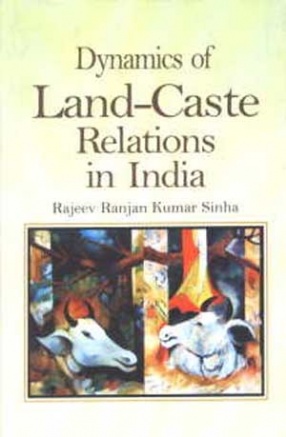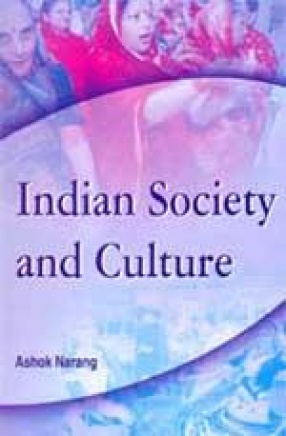The book examines the dynamic relations of landownership and caste in rural India with special reference to Bihar over the last three decades of the twentieth century. It analyses the determining characteristics of the segregative aspect of the caste system and the predominance of dominant castes within the framework of the agrarian structure. It tests the established fact that the dominant caste owns a major share of fertile and irrigated land and possess generally large consolidated holdings while the non-dominant castes are small landholders or even landless.
Based on three micro studies from rural Bihar, the book also focuses on the role of struggle for control over land by caste groups under different environmental, social and political contexts and analyses the hold of the dominant caste over other important resources that directly or indirectly contributes to its dominance.





There are no reviews yet.